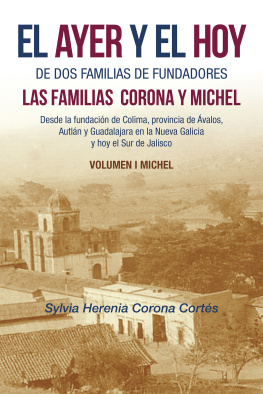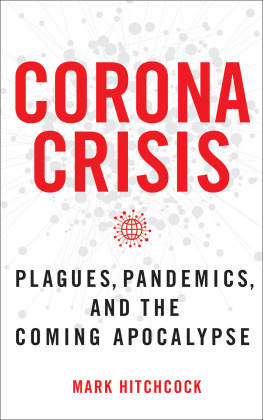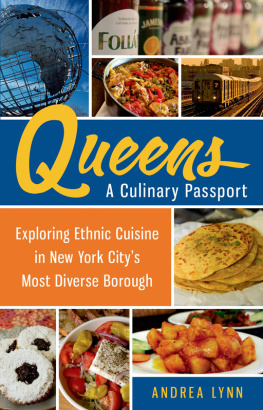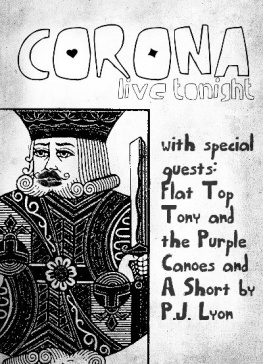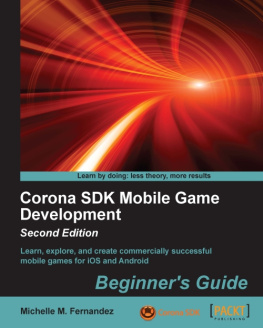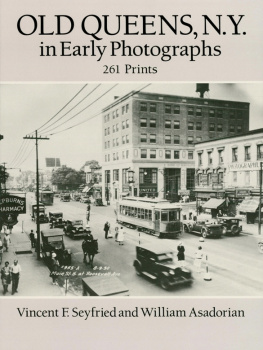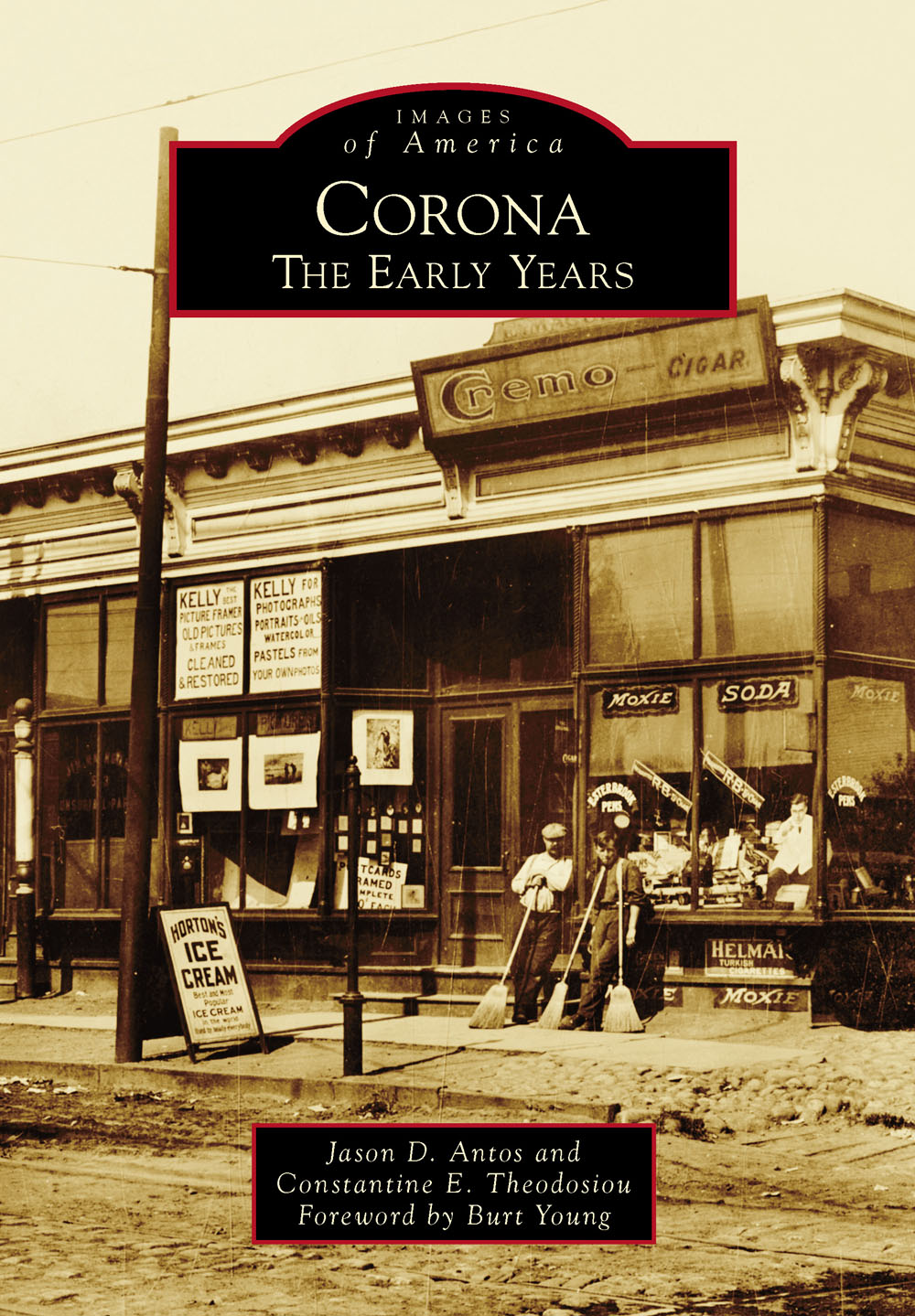
IMAGES
of America
CORONA
THE EARLY YEARS

MAP OF WEST FLUSHING. This rare 1854 map of West Flushing shows the streets and avenues laid out by the West Flushing Land Company. Street names like Sycamore Avenue; Rail Road Avenue; Locust, Willow, and Vine Streets, as well as the Newtown Avenue and Flushing Avenue Plank Roads are long forgotten roadways that once added charm and distinction to the new neighborhood more than 160 years ago. (Authors collection.)
ON THE COVER: QUEENS BOROUGH PUBLIC LIBRARY, CORONA BRANCH, 1910. One of the first locations of the Corona Branch of the Queens Borough Public Library was known as a travelling station, or travelling library, as it was temporarily set up inside of a local business awaiting the building of a permanent facility. (Queens Borough Public Library, Archives Queens Borough Public Library Photographs.)
IMAGES
of America
CORONA
THE EARLY YEARS
Jason D. Antos and
Constantine E. Theodosiou
Foreword by Burt Young

Copyright 2015 by Jason D. Antos and Constantine E. Theodosiou
ISBN 978-1-4671-3456-9
Ebook ISBN 9781439654026
Published by Arcadia Publishing
Charleston, South Carolina
Library of Congress Control Number: 2015939473
For all general information, please contact Arcadia Publishing:
Telephone 843-853-2070
Fax 843-853-0044
E-mail
For customer service and orders:
Toll-Free 1-888-313-2665
Visit us on the Internet at www.arcadiapublishing.com
To Jack Friedman (19592015), executive director of the Queens Chamber of Commerce, our friend and a lover of Queens County history
CONTENTS
FOREWORD
Corona is a small bridge between Flushing, Astoria, and Woodside. But for me, Corona has strings of my life in a bear hug. Sometimes pleasurable, sometimes sorrowful.
I was baptized in Our Lady of Sorrows Church at 107th Street and Thirty-seventh Avenue. Lady of Sorrows, what a sad name, but many memories, including life and death, all seemed to be housed in its red bricks. My dad, trying to make me a gentler kid, sent me to Bryant High School in Astoria, away from my Corona pals. Soon, however, I got thrown out and then it was onto St. Annes Academy in Manhattan, getting booted out after one term. Finally, it was the Marines at 16, my pop fibbing my age to get me in.
Then onto Paris Island, Camp Lejeune, Okinawa, the Philippines, Quemoy, Japan, and then back to New York.
Soon after, I got married and we had two children. We lived at 108-64 Thirty-eighth Avenue in the heart of Corona with a mix of all nationalities, including Italians and Columbians. I remember my son had his own gang at the age of eight called the Monkeys. Tough kids but so wonderful.
I can still remember that Corona girls are the prettiest, and the Parkside Restaurant at 108th Street and Corona Avenue continues to be a great tradition. We also had the late Potash fruit and vegetable market and Leonards Bakery, the home of the original hole in the wall gang, owned by Andy Giovingo. And then California called, but Corona had already stamped my life and has stayed with me forever.
Burt Young
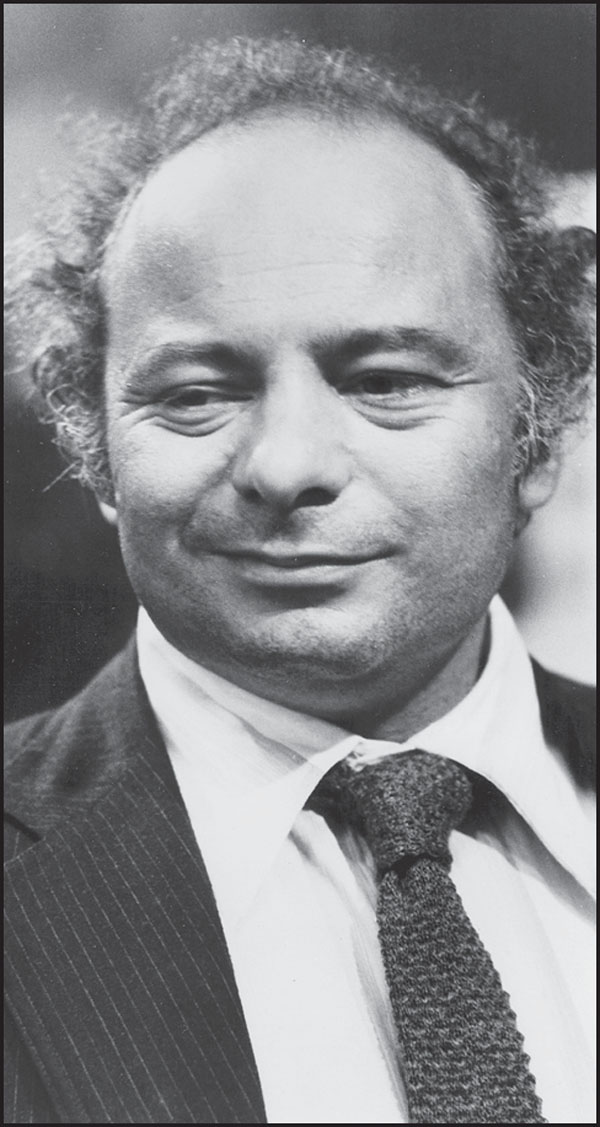
Born in Corona in 1940, actor Burt Young studied his craft under legendary acting coach Lee Strasberg at the Actors Studio and has appeared in numerous major motion pictures, including the Rocky films. It was in Rocky (1976) that Young portrayed his most notable character, Uncle Paulie, for which he was nominated for an Academy Award for Best Supporting Actor. He would go on to reprise the role several times during a 40-year period. Young experienced many different roles in his life, including professional boxer, appearing in 14 professional matches, all of which he won. Young has also boxed with legend Muhammad Ali to raise money for charity. Additional movie roles include The Gang That Couldnt Shoot Straight (1971), Back to School (1986) with Rodney Dangerfield, Sam Peckinpahs The Killer Elite (1975) and Convoy (1978), The Pope of Greenwhich Village (1984), Sergio Leones Once Upon A Time In America (1984) as well as numerous television appearances including M*A*S*H, Miami Vice, and The Sopranos. Young lives on Long Island where he has turned his passion and talent to professional painting. Young, who has completed more than 800 paintings, has a gallery in Port Washington.
ACKNOWLEDGMENTS
Our book could not have succeeded without the support of many who went out of their way to assist us. Thanks to them, the legacy of Corona will live on.
The authors would like to extend a heartfelt appreciation to Richard Hourahan, collections manager at the Queens Historical Society, whose letter of recommendation helped launch this project. Thanks also to archivist Erik Huber, who pulled dozens of Corona-related images from the vast collection at the archives of the Queens Borough Public Library (formerly the Long Island Division), as well as to rest of the librarys dedicated staff. Michael Perlman and Devon OConnor deserve to be acknowledged for their words of encouragement.
Unless otherwise noted, all images are sourced from the personal collections of the authors.
A tremendous thank-you also goes to Al Clarke of the Queens Topographical Bureau and the office of Borough Pres. Melinda Katz.
For their receptiveness and editorial guidance, we are most indebted to Sharon McAllister and Henry Clougherty at Arcadia Publishing.
Making this project even more special was the interest shown by Corona native and Academy Awardnominated actor Burt Young, who validated our books importance by agreeing to write its foreword.
The authors would be remiss if we did not extend our gratitude to our families for their continued love and support.
INTRODUCTION
The pageant of Corona
Vincent F. Seyfried
To William Coughlan, Flushing Bay meant a fabled childhood.
In an interview published by the Long Island Forum in 1978, the local chronicler hardly minced his words: When I visit Shea Stadium to see a Mets baseball game, I often climb to the highest reaches of the stadium and look down on the scene of my boyhooda scene that recalls many happy memories. Some of them have been more interesting and rewarding to me than many of the ball games of recent years.
Like most neighborhood youngsters, Coughlan spent his winters iceboating or engaged in daylong skating parties. But summers were bliss. As families settled in at the bathing pavilions lining the shore, our friend would scamper off to meet his pals at a secluded beach nearby. Meant for boys only (for here they frolicked with neither their trunks on nor a care in the world), this sacred spot was known for an old willow tree with a long, stout rope they used to swing Tarzan-like into the muddy water below. As if this was not enough, William spent many a lazy afternoon clam and mussel digging; blue claw crabbing; and fishing for flounders, tommy cods, snappers, and mid-sized gamefish called Lafayettes. And just imagine his thrill spotting porpoises in the waters distance! Unheard of today.
That the 20th century would spell the end to this was inconceivable. The shoreline became intolerably pollutedsullying all but the memory of earlier, happier timesand was filled in to accommodate the Grand Central Parkway that passes LaGuardia Airport, whose runways cover what was another seaside pleasure ground, North Beach.
Next page

